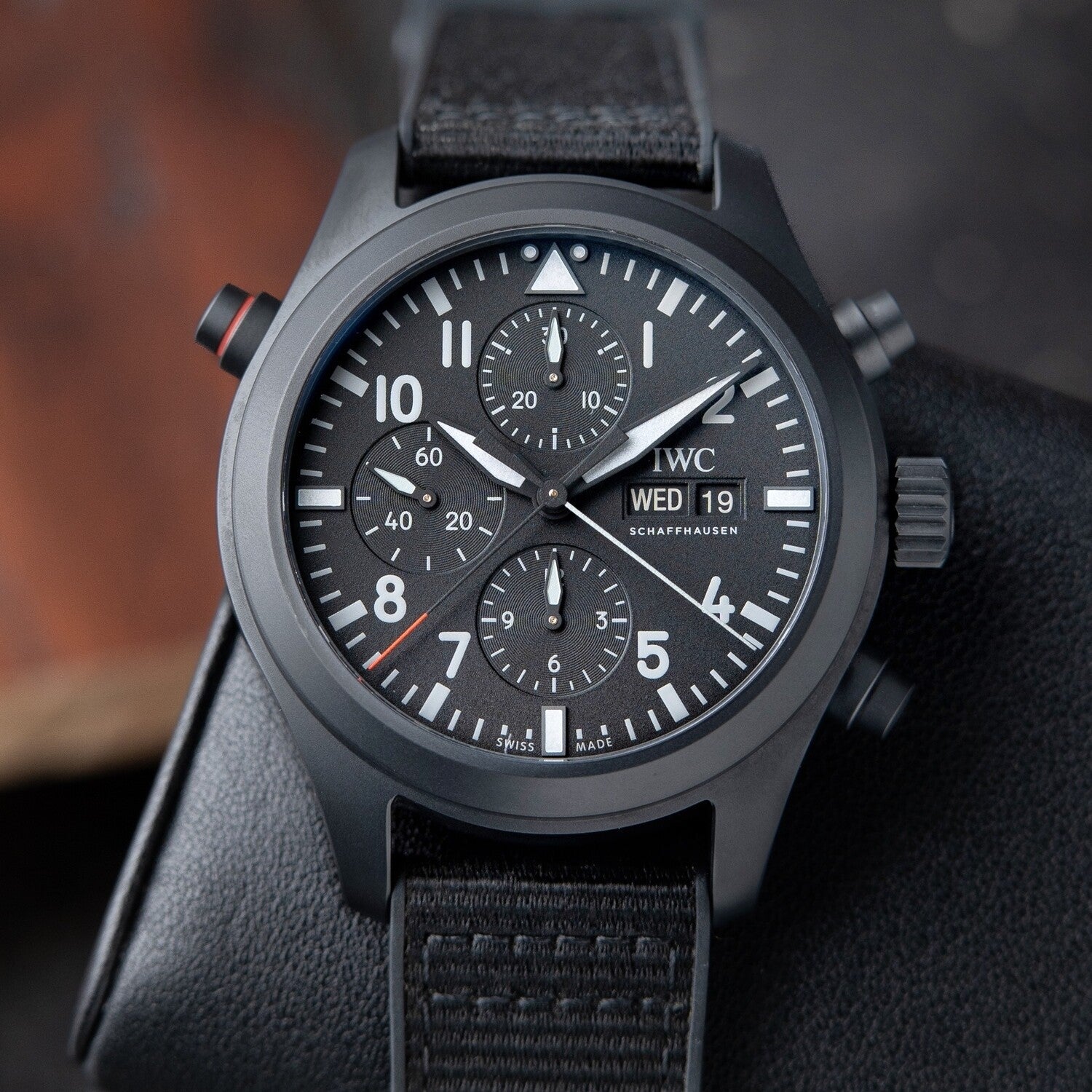A double chronograph, also known as a rattrapante chronograph or split-seconds chronograph, is a type of watch that has two independent stopwatch mechanisms, allowing for the timing of two events simultaneously or the timing of two intervals of time within a single event.
The double chronograph function was first developed in the late 19th century by Swiss watchmakers, but it wasn't until the early 20th century that the technology became more widely used. The complexity of the mechanism meant that it was primarily used in high-end, luxury watches.
The double chronograph function works by having two second hands that move in unison until a button is pressed to stop one of the hands. This allows for the timing of two events or intervals of time simultaneously. A second press of the button allows the stopped hand to catch up to the other, resuming their synchronous movement.
One of the most notable uses of the double chronograph function is in timing sporting events such as races, where it is necessary to time multiple competitors at once. The double chronograph is also useful in aviation and other fields that require precise timing.
Today, double chronograph watches remain popular among watch enthusiasts and collectors, and they are often seen as a sign of technical sophistication and craftsmanship in the world of haute horlogerie.

